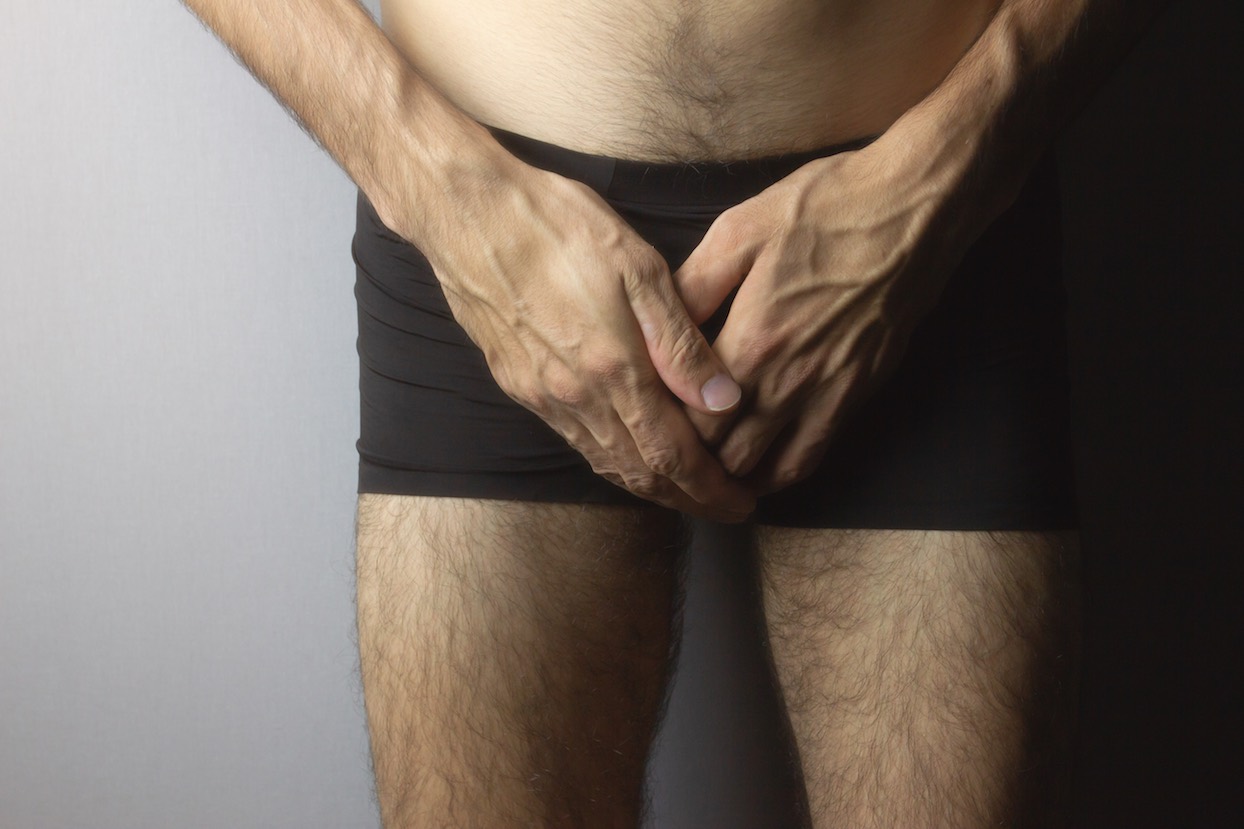Does Peyronie's diseases affect size?

Strong 8k brings an ultra-HD IPTV experience to your living room and your pocket.
Peyronie’s disease is a condition that causes abnormal curvature of the penis due to the formation of fibrous scar tissue, typically leading to painful erections and other physical challenges. While this condition primarily affects the shape and function of the penis, many people wonder whether Peyronie’s disease also impacts penile size. This article delves into the question of whether Peyronie's Disease Treatment in Dubai can affect penile size, exploring its effects on both length and girth, and highlighting the physical and psychological aspects associated with this condition.
Understanding Peyronie’s Disease and Its Causes
Peyronie’s disease is characterized by the development of fibrous plaques (scar tissue) under the skin of the penis. This scar tissue builds up over time and limits flexibility, leading to an abnormal bend or curve, typically noticed during erection. While the exact cause of Peyronie’s disease is unknown, it is believed to develop from repeated injury or trauma to the penis, often during sexual activity or other physical strain. Genetic factors may also increase susceptibility to Peyronie’s, and certain health conditions, such as connective tissue disorders, diabetes, and aging, are associated with a higher risk of developing the condition.
The formation of scar tissue can vary widely in terms of location, size, and shape, which leads to a diverse range of symptoms among individuals with Peyronie’s disease. Some men may experience mild curvature and discomfort, while others endure severe pain, noticeable deformity, and changes in size and functionality.
Does Peyronie’s Disease Affect Size?
Yes, Peyronie’s disease can affect penile size, specifically reducing both length and girth in some cases. This is primarily due to the formation of scar tissue, which restricts the natural elasticity and stretch of the penile tissues during erection. As the plaque develops, the area of the penis surrounding the scar tissue loses its ability to expand fully, leading to what can appear as a shortening or narrowing of the penis.
Changes in size can vary greatly among men with Peyronie’s disease. For some, the changes are subtle, while others may notice a considerable reduction in length or girth. This size reduction, along with curvature, can lead to significant distress and impact sexual function, self-esteem, and overall quality of life.
Mechanisms Behind Size Changes in Peyronie’s Disease
1. Scar Tissue Restricting Expansion
The scar tissue associated with Peyronie’s disease does not stretch the way healthy penile tissue does. During an erection, the penis naturally expands to accommodate increased blood flow. However, the rigidity of scar tissue prevents the surrounding area from stretching, limiting the overall expansion. This can cause the appearance of both a bent shape and a reduction in length, as the tissue does not fully accommodate the erection process.
2. Loss of Elasticity and Collagen
Over time, Peyronie’s disease causes changes in the tissue structure due to the buildup of collagen within the plaque. This excess collagen reduces elasticity and inhibits the smooth muscle's ability to stretch and expand as it naturally would. These changes may lead to a visible shortening of the penis, particularly when the plaques are extensive or located in areas that significantly affect the penis’s structure.
3. Progressive Fibrosis and Calcification
In some cases, the scar tissue in Peyronie’s disease may worsen, becoming calcified or hardened. This progression, known as fibrosis, can create more rigid and substantial deformities. When fibrosis or calcification occurs, the penis may lose even more length and girth, as the non-flexible tissue further restricts the capacity for expansion.
The Psychological Impact of Size Changes Due to Peyronie’s Disease
In addition to physical challenges, Peyronie’s disease often leads to psychological distress, particularly when it affects the size and shape of the penis. A reduction in penile length or girth can impact a man’s self-image, leading to feelings of inadequacy, embarrassment, and diminished sexual confidence. The condition may also strain relationships, as some men may avoid intimacy due to concerns about their appearance or ability to perform sexually.
This psychological toll can be as impactful as the physical symptoms of Peyronie’s disease, often requiring a holistic approach that addresses both mental and emotional health. Counseling and therapy, particularly with professionals experienced in sexual health, can play an essential role in helping men navigate the emotional challenges of Peyronie’s disease and cope with the effects on self-esteem and intimate relationships.
Treatment Options for Peyronie’s Disease
1. Oral Medications and Injections
Some oral medications and injectable treatments are used to manage Peyronie’s disease and, in some cases, reduce the impact on penile size. Injectable therapies, such as collagenase injections, target the scar tissue directly, aiming to break down excess collagen and restore elasticity. However, not all men respond to these treatments, and they are typically most effective in the early stages of the disease.
2. Stretching and Traction Therapy
Penile traction therapy involves the use of devices designed to stretch the penis gently over time, potentially reducing curvature and restoring some lost length. This approach may be helpful for men who experience mild to moderate size reduction, although it requires consistent use over several months. While some studies suggest benefits in length preservation, outcomes vary, and traction therapy is not effective for everyone.
3. Surgical Interventions
For men with severe curvature or size reduction, surgical options may be considered. Procedures like plaque excision or grafting involve removing the plaque or scar tissue and placing grafts to restore length and structure. In other cases, a penile implant can be an option, particularly for men with Peyronie’s disease combined with erectile dysfunction. Surgery is usually recommended only when Peyronie’s disease is stable, and nonsurgical treatments have been unsuccessful.
Managing Expectations and Seeking Support
For men experiencing changes in size due to Peyronie’s disease, managing expectations and seeking support can be essential. Since Peyronie’s disease varies in severity and presentation, treatment outcomes differ widely. Talking to a healthcare provider specializing in Peyronie’s disease and men’s sexual health can help clarify realistic expectations regarding potential changes in size and shape. Furthermore, peer support groups and counseling can offer emotional support and resources for coping with the condition.
Conclusion
Peyronie’s disease can significantly impact both the size and shape of the penis, primarily through the development of scar tissue that restricts natural expansion. Changes in length and girth vary among individuals, influenced by the extent and location of the scar tissue. Addressing Peyronie’s disease early and seeking professional guidance can help mitigate size-related issues while providing support for the psychological aspects associated with the condition. Understanding that there are treatment options, both non-invasive and surgical, can be empowering for those affected, as it offers a pathway toward managing the symptoms and improving quality of life.
Note: IndiBlogHub features both user-submitted and editorial content. We do not verify third-party contributions. Read our Disclaimer and Privacy Policyfor details.


